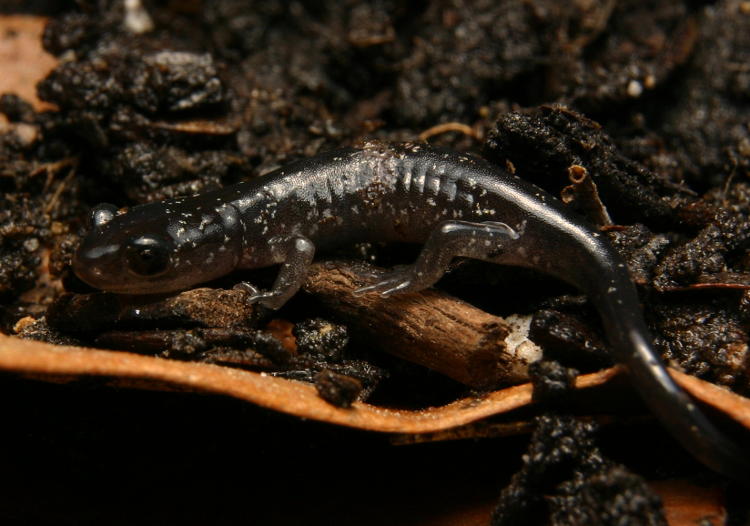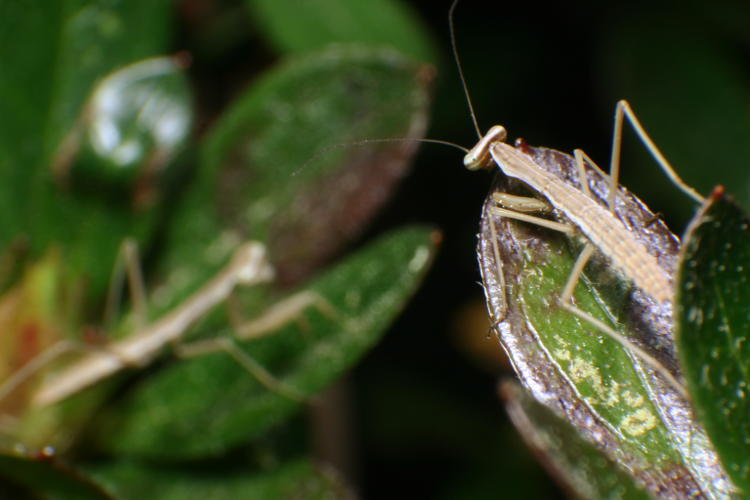
Oh, cool! Our first entry from this date comes from 2009, and way down in Sanibel Island, Florida, on so-far-the-only trip The Girlfriend and I have taken together to that state (which we must rectify soon.) We kinda missed our timing on this, we meaning “you and I in regards to this post,” because a day earlier we, meaning “The Girlfriend and I in Florida,” had been in Venice at the Audubon Society Rookery, which is an amazing place for birds, but a lot of what I shot there was on slide film anyway, which I could scan and post because I know the dates and nothing says that I have to use digital images for this topic, but again, wrong date.
Anyway, what we (meaning- aw, forget it) have here is a gang of stilt sandpipers (Calidris himantopus,) possibly the only photos that I have of the species to be honest, which were stalking the tide’s edge as we (TG&I) were exploring a great beach for shells. This is, in fact, the original image that I used for a page-break graphic elsewhere, notably on the Podcasts page, because I liked the grouping. With those eye-stripes there’s almost a faint air of menace to them, like we’d be okay if we minded our own business but if not, they’d be all over us like stupid shit on social media. Or perhaps I’m reading too much into it.
But damn, that trip was eleven years ago.
Next up is from 2012.

I can’t be entirely sure of the species, because so many of the salamanders in North Carolina look alike, but from the description this is a Mabee’s salamander (Ambystoma mabeei) – either that or one of several slimy salamander species in the region, and I don’t recall just how sticky this one was, but from the lack of soil adhering to it and past experience with slimy salamanders, I’m leaning towards a Mabee’s. This illustrates one of the difficulties with photographing black salamanders, which was a subject that helped prompt me to create my portable softboxes for the macro rig; they’re very deep black, but also very shiny and reflective, and typically this creates so much contrast that details become very obscure. Even here, where I suspect (from the body highlights) that I was using a reflector, you can see how the salalmander almost blends into the damp soil. This is a staged habitat, by the way, because the conditions where I found it were not at all amenable to macro work and I wanted some detail shots, so I created the typical conditions, did my photos, and then released it where I found it.
We’ll include another, because I’ve been too busy to produce much current blogorous content. This one shows better details, partially from being intentionally overexposed, but is not at all a natural habitat for them – they don’t tend to climb bushes or be seen in sunlight.

This is a fresher, younger leaf than the next image below, even though they’re from the same plant (well, one of two identical and neighboring plants, anyway,) but yeah, it’s also blown out a bit, unnaturally bright. Below is more what you should expect to see.
 The following year (that’d be 2013) was the first mantis hatching that I could observe and follow, and the juvies were swarming all over the azalea bushes and immediate environs. These are the ubiquitous Chinese mantis (Tenodera sinensis, though at that time I was calling them Tenodera aridifolia sinensis – I’m not sure at what point the Latin name was changed and I was likely behind, but so it goes.) This image could to be said to have a much more menacing aspect than above, or not, depending on how you’re seeing it, but the former is potentially more accurate – I have more than a suspicion that they may prey on one another if they get the opportunity, though I have never witnessed it myself. I have seen very few of them at this size feeding on anything, partially because they’re still very shy at this age and tend not to like me looming around. Though I did feed one an aphid (maybe even one of those seen here, since it was only three days later,) and it wasn’t terribly camera-shy.
The following year (that’d be 2013) was the first mantis hatching that I could observe and follow, and the juvies were swarming all over the azalea bushes and immediate environs. These are the ubiquitous Chinese mantis (Tenodera sinensis, though at that time I was calling them Tenodera aridifolia sinensis – I’m not sure at what point the Latin name was changed and I was likely behind, but so it goes.) This image could to be said to have a much more menacing aspect than above, or not, depending on how you’re seeing it, but the former is potentially more accurate – I have more than a suspicion that they may prey on one another if they get the opportunity, though I have never witnessed it myself. I have seen very few of them at this size feeding on anything, partially because they’re still very shy at this age and tend not to like me looming around. Though I did feed one an aphid (maybe even one of those seen here, since it was only three days later,) and it wasn’t terribly camera-shy.
But yeah, I couldn’t pass up this composition, could I? And so you know, they’re still very small here, no more than 15mm in body length.



















































